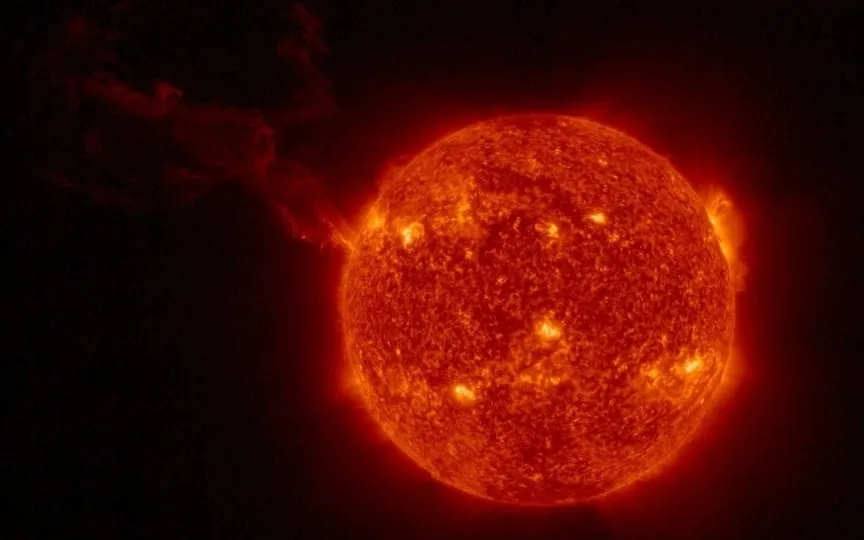ISRO’s Aditya L1 Mission: Get an Up-Close Look at the Sun
India has made a remarkable accomplishment in the field of space and technology by effectively landing the Chandrayaan-3 lander and rover on the Moon’s South Pole. Building on this success, the Indian Space Research Organisation (ISRO) is now venturing towards the Sun with its upcoming project, the Aditya L1 mission. This pioneering initiative involves launching a space-based solar observatory spacecraft, aiming to unravel the mysteries of solar activities and their influence on space weather. By enhancing our comprehension of the Sun’s behavior, this ambitious endeavor seeks to provide valuable insights.
Aditya L1 assignment
The Aditya L1 mission marks India’s first space-based initiative to explore the sun. In a halo orbit around the Lagrange point 1 (L1) of the Sun-Earth system, approximately 1.5 million kilometers from Earth, the spacecraft will observe the Sun continuously without interference from obscuration or eclipses. This unique vantage point at L1 offers a clear advantage for real-time monitoring of solar activity and their effects on space weather. The spacecraft, equipped with seven payloads, will observe the photosphere, chromosphere and outermost layers of the Sun (the corona) using electromagnetic, particle and magnetic field detectors.
Four of these payloads will directly observe the Sun, while the remaining three will conduct in situ studies of particles and fields at the Lagrange point L1. This approach provides important scientific insights into the propagation of solar dynamics in the interplanetary medium. The data collected by the Aditya L1 payloads will play a key role in understanding key questions such as coronal heating, coronal mass ejection, prologue and flare activity, space weather dynamics, and particle and field propagation. As stated by ISRO, Aditya L1 has 9 main science objectives. Check them out below:
Aditya L1 Science objectives:
1 – Study of the dynamics of the sun’s upper atmosphere (chromosphere and corona).
2 – Research on the heating of the chromosphere and corona, the physics of partially ionized plasma, the initiation of coronal mass ejections and flares
3 – Observe the in situ particle and plasma environment providing data for studying particle dynamics in the Sun.
4-The physics of the solar corona and its heating mechanism.
5-Diagnostics of coronal and coronal loops plasma: temperature, speed and density.
Evolution, dynamics and origin of 6-CMEs.
7 – Identify the sequence of processes occurring in several layers (chromosphere, core, and extended corona) that ultimately lead to solar flare events.
8-Magnetic field topology and magnetic field measurements in the solar corona.
9-Drivers for space weather (origin, composition and dynamics of the solar wind.
With all these goals, Aditya L1 is ready for an adventurous lift-off on September 2, 2023.




